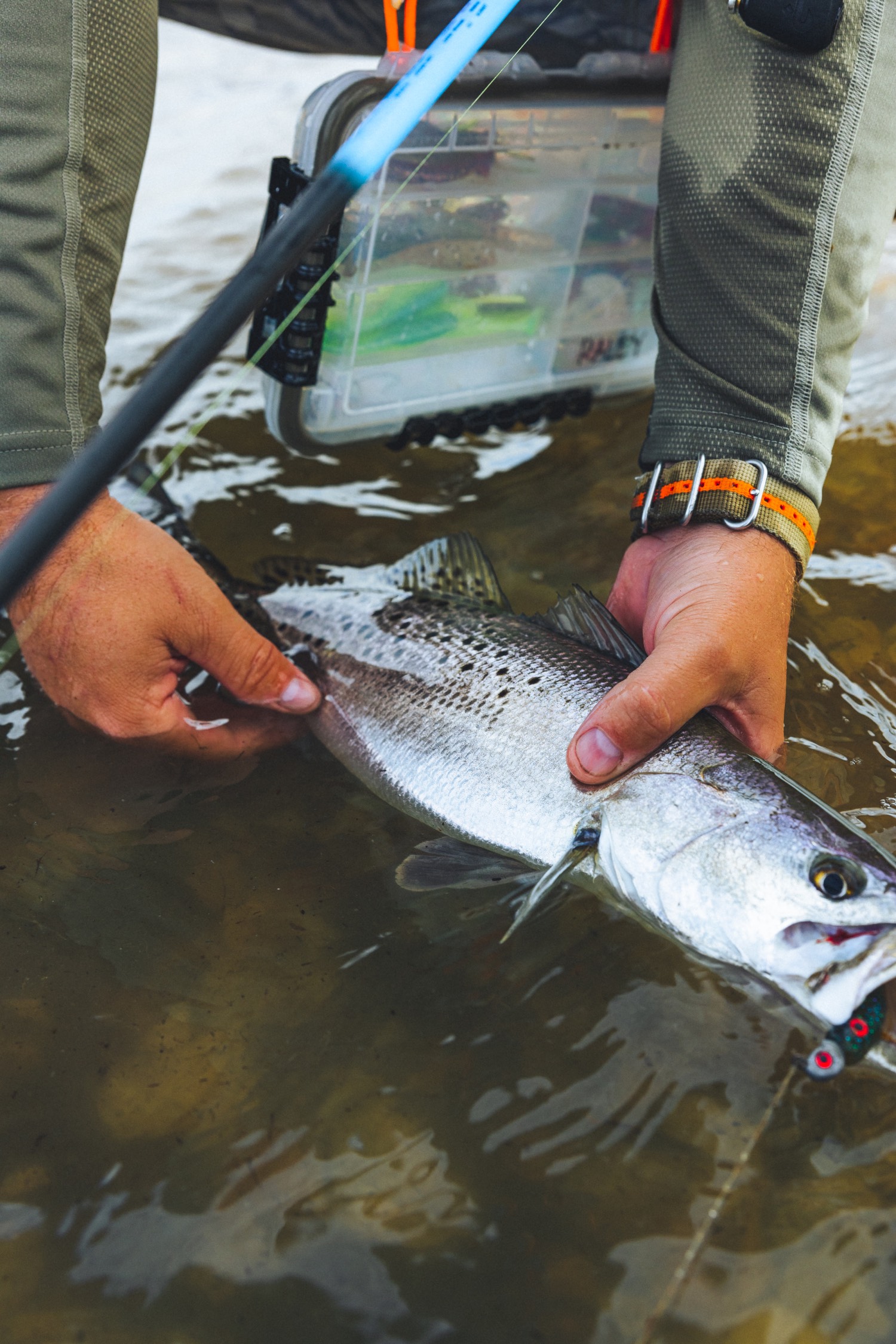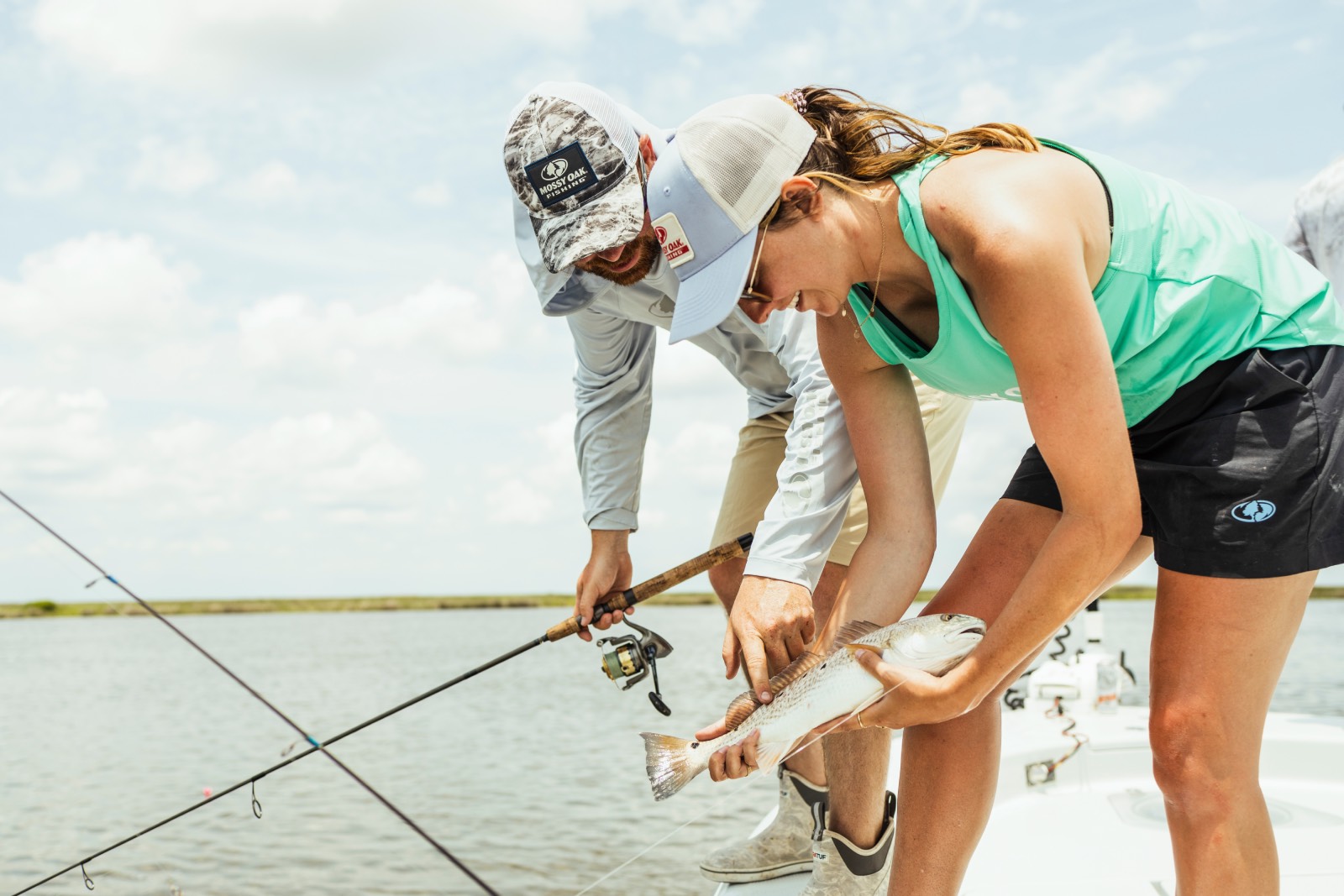Sam White
Recreational anglers are undoubtedly among the best stewards of the natural world. We want healthy fisheries, and that relies on a delicate balance of a healthy ecosystem, plenty of bait and forage species, clean, unpolluted waters and much more. Ask any passionate fisherman and they’ll be the first to say how important these factors are as they pursue their favorite pastime on the water.
It's that passion that initially led to the creation of what is now known as the Coastal Conservation Association. In the late 1970s, commercial fishing pressure along the Texas coast had led to a virtually complete decimation of the stocks of red drum and spotted seatrout—the bottom dropped out, and no one knew for sure if either species could be saved. A group of 14 concerned recreational anglers met in a local tackle shop to form the core of the Gulf Coast Conservation Association, where they attempted to turn the tide. But was it too late?
Those members were able to make their collective voices heard, and in 1981 the Texas state legislature enacted a ban on gillnetting for trout and redfish. As a result, both species were offered additional protection as state gamefish. It was a victory that was previously unimaginable, and against a very powerful commercial fishing lobby at the state level.

Stocks of spotted seatrout were nearly wiped out in Texas in the late 1970s. Only a gillnet ban saved them from a complete crash.
One of the keys to success was that the conservation work was being done first on a state level, then down to a local level, in what became a true grassroots effort. Rather than a giant national organization working from the top down, right from the start CCA was established as a local group to work from the bottom up. By 1985, small chapters had formed throughout the Gulf Coast as fishermen saw the benefits of working together to improve the overall health of the sport. That growth continued, and by the early 1990s there were additional chapters being formed in the southern and mid-Atlantic states as well.
Meanwhile in Texas, the stocks of spotted seatrout and red drum began to recover, slowly at first but then gaining momentum. As word of the success spread, other states began to look to the example they had set and also started to examine their own fisheries. In what was probably one of the most contentious fisheries management efforts ever implemented, the state of Florida passed Amendment Three, otherwise known as the gillnet ban, by voter referendum in November 1994. This made unlawful the use of entangling nets in state waters. Commercial landings of species such as redfish, trout, pompano and silver mullet plummeted. The state stepped in with funding to retrain commercial netters to become recreational fishing guides, while also offering a net buy-back program and other ways to offset those losses. And just as in Texas, the fisheries throughout the state began to rebound. Within just a handful of seasons, those fisheries bounced back, along with Spanish and king mackerel, among others.
By 2007, CCA was ready to move from a regional organization to a national one. Chapters were formed that year in Oregon and Washington state and in 2015, a CCA California chapter was created. The organizers understood that while the fish species were radically different, the challenges facing them shared some striking similarities, such as commercial overfishing, destructive gear, habitat degradation and misguided management efforts, usually based on lack of sound science.

Reds like this one are found throughout the Southeast, thanks to decades of sound conservation efforts and management.
One of the organization’s many ongoing projects is the Building Conservation Trust, which is involved in dozens of habitat restoration projects on all three coasts. These range from large-scale artificial reef creation to community-based, hand-planted marsh restoration. These projects have had a positive impact on a variety of marine ecosystems and serve as an investment for the future enjoyment of generations to come. There are five key objectives of this program: the restoration of degraded habitats; creation of new habitats; advancing the scientific knowledge of habitat restoration; foster habitat stewardship by the general public, and education of the coastal communities on the real value of conservation efforts.
By taking that grassroots hyper-local approach, CCA has proven that anglers are indeed the best stewards of the marine environment, promoting the heath, habitat and sustainability of those resources while also representing the interests of recreational anglers across the country. And from those original 14, the membership has grown to more than 125,000 in nineteen states from Maine to Florida to Texas and California. The Coastal Conservation Association is a conservation powerhouse that works for us all.



























